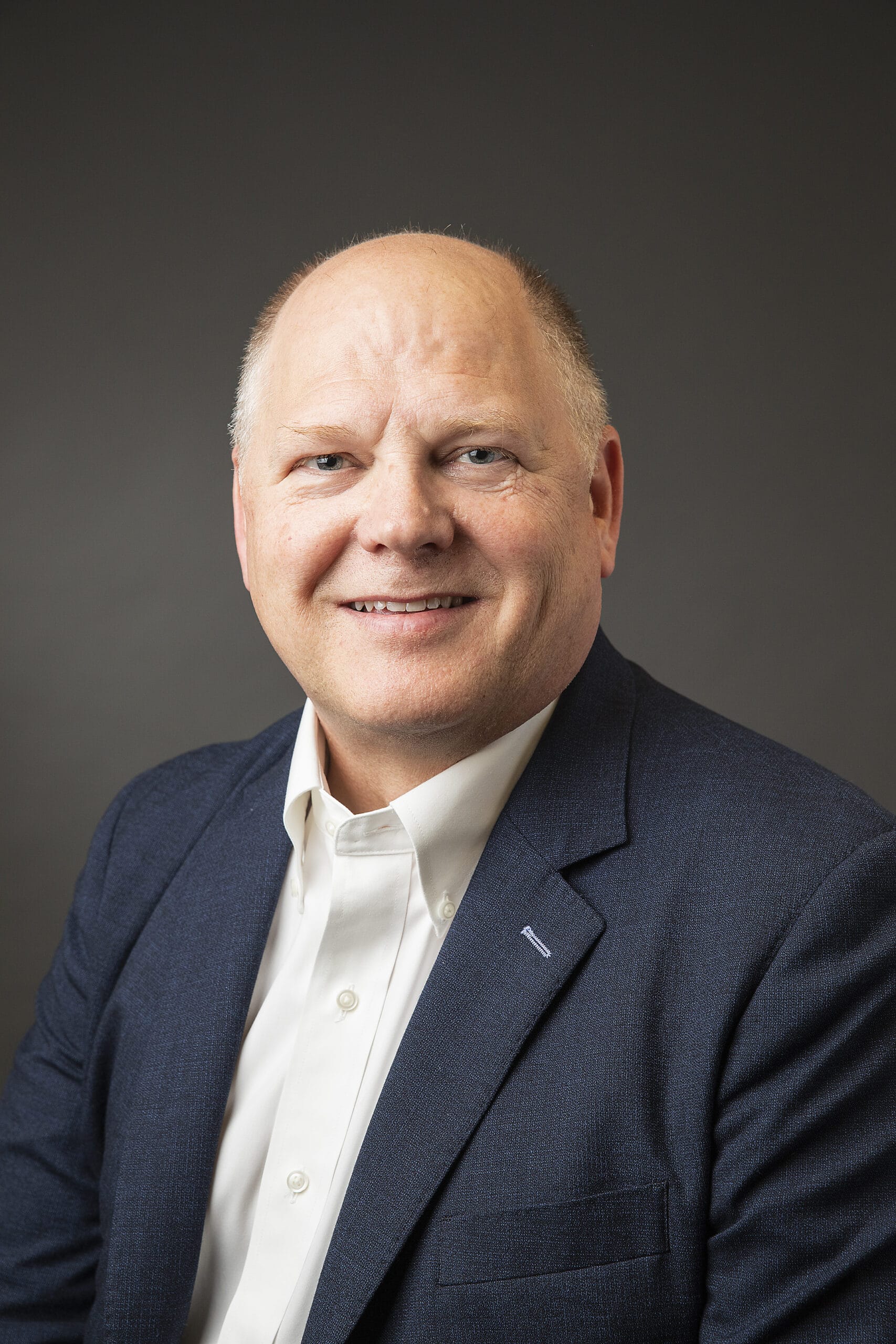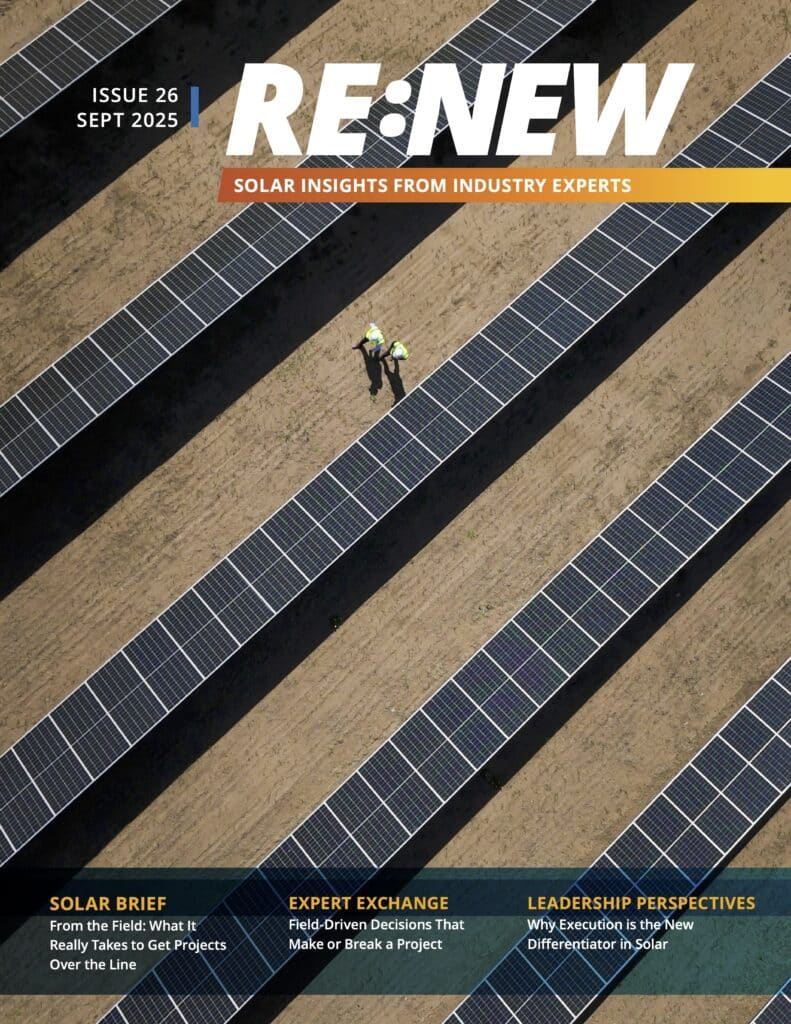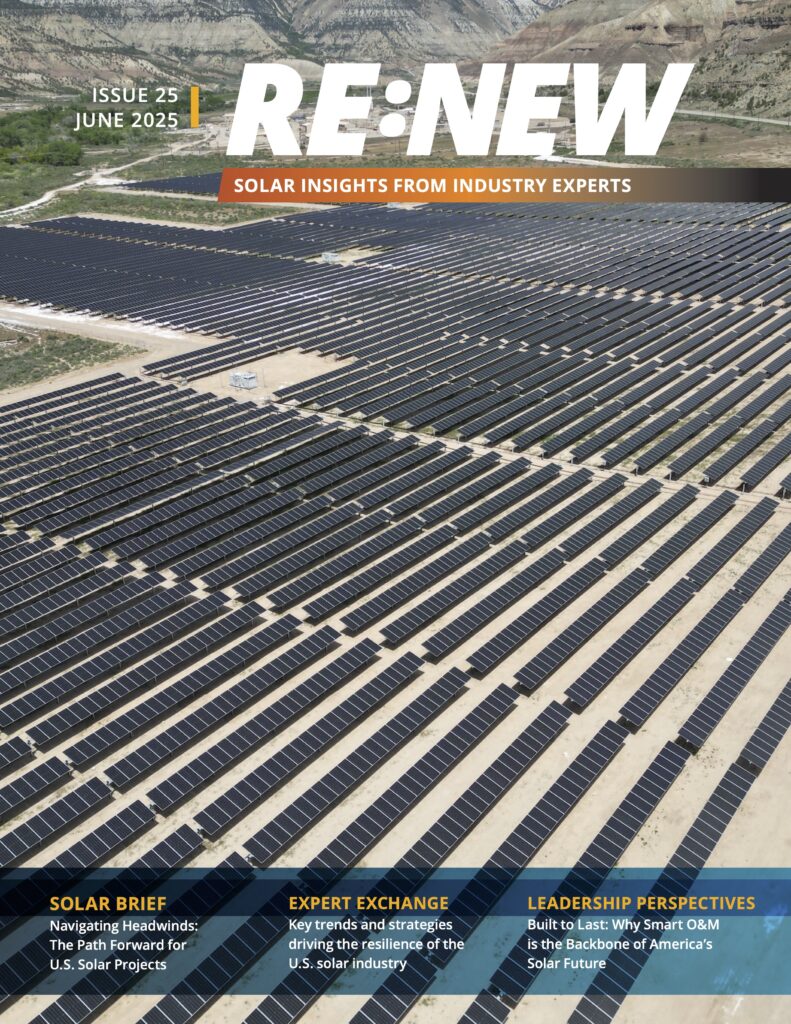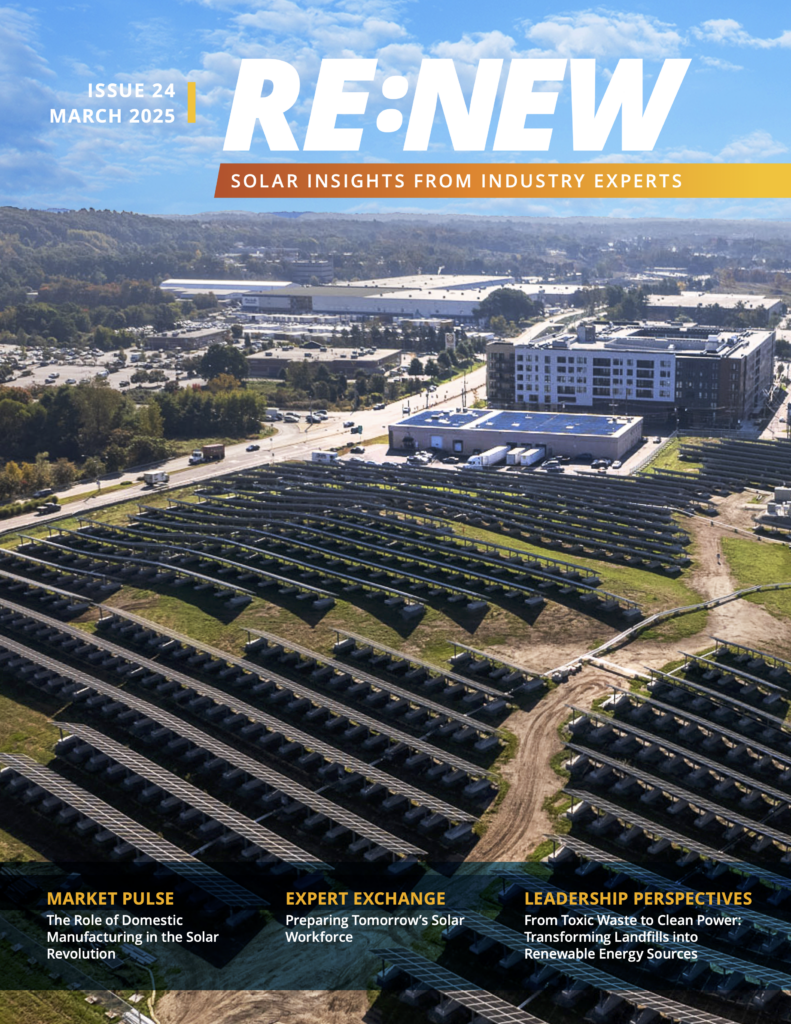The ambition behind The Catholic University of America’s (CUA) landmark community solar project with Standard Solar went far beyond clean energy generation. Driven by a deep commitment to environmental stewardship and innovation, CUA now hosts the District of Columbia’s largest community solar array and has transformed the site into a thriving ecosystem featuring unique sustainability initiatives.
A Vision Rooted in Campus-Wide Sustainability
Building on decades of leadership in energy innovation, CUA’s West Campus solar project embodies the principles of environmental stewardship championed by the late Pope Francis. These principles include his call in Laudato Si’ for “care for our common home,” which urges an integrated approach to environmental and social justice, and the Laudato Si’ Action Platform, which operationalizes this vision.
Putting these principles into action is not new for the university. CUA has been installing rooftop solar, carport arrays and EV charging stations since 2009. The launch of CUA’s dedicated five-year sustainability plan in 2021 provided a framework for initiatives like the West Campus solar project. As Gabrielle Choate, director of CUA’s office of campus sustainability, explains, the plan encompasses everything “related to preserving the environment on our campus” and feeds into the “overall goal of making our campus more sustainable for everyone.” The solar project, with its integrated environmental and community benefits, proved to be a clear fit with these objectives.
From Timber to Transformation
With the solar project’s overarching goals defined, the team carefully considered every step, from site selection to environmental impact management. A thorough inventory of the 40-acre potential site analyzed its history and mapped distinct zones, including previously cleared agricultural land, higher-quality forests and areas disturbed by prior use or adjacent properties.
This detailed evaluation guided the decision to use 25 acres, minimizing impact by prioritizing open areas and clearing only lower-quality tree stands where necessary. As the project developed, local communities expressed concern about the future of the cleared trees and local wildlife. According to Gregory Osband, landscape architecture program manager at CUA, this naturally led to the question: “Why shouldn’t we do something useful with the cleared trees?” Rather than resorting to the standard disposal methods of hauling or chipping, which consume unnecessary resources and fuel, the team identified more creative alternatives.
Partnering with the District Department of Transportation (DDOT) Urban Forestry Division (UFD) and the non-profit Casey Trees, over 50 trees were carefully harvested and taken to Berryville, VA, where they were sawn into timber and given meaningful new purposes, including:
- Youth Development: The bulk of the timber supported the D.C. Youth Leadership Development Program’s Oasis Reserve near Laurel, MD, enabling at-risk youth to build skills through wood workshops.
- Structural Uses: Wood from the project contributed to buildings and infrastructure at the Oasis Reserve, including new siding, portions of animal enclosures, a blacksmith shop and custom black walnut doors.
- Community Education: Wood was used for birdhouse kits that were assembled by D.C. students.
- Habitat Creation: Some timber was strategically left on-site at the solar project to provide valuable habitat for birds and small mammals.


Welcoming Wildflowers and Bees
CUA also ensured the solar project actively enhanced the local environment by integrating pollinator-friendly habitats and features like stormwater bioretention areas (shallow, planted depressions designed to filter and absorb stormwater runoff). Low-growing native wildflower species were planted across the site to stabilize soil, prevent erosion and create essential habitat, contributing to the overall health of the land. Supporting pollinators is vital, as global bee populations face decline from habitat loss, pesticides and climate change—threats that endanger agriculture and ecosystem stability.
Partnering with the D.C. Beekeepers Alliance, CUA also established an apiary on-site. Starting with an three, temporary nucleus colonies, the Alliance manages the hives here. The Alliance also offers beekeeping classes, training, assistance and equipment loans to university members interested in starting their own hives and has even agreed to donate 25% of the initial honey harvests back to Cardinal Cupboard, the on-campus food pantry, until CUA establishes its own hive. The hives at the solar project have created many hands-on learning opportunities and sparked interest in campus clubs centered around beekeeping.

A Living Laboratory
The CUA solar site has truly become a living laboratory and a center of engagement. As a community solar project, it provides tangible benefits across D.C., allowing residents to subscribe for clean energy discounts potentially totaling over $3 million in collective savings. Beyond its community energy role, the site serves as an educational hub with regular tours for students, the public and international energy leaders. Ecologically, the preserved trees and planted meadows have enhanced habitat diversity, supporting healthy wildlife populations like deer in the area, whose movements are even tracked by a University of Maryland professor. Demonstrating multi-use land stewardship, the site also continues to host Casey Trees’ staging area for urban tree plantings.

A Legacy of Stewardship and Innovation
As CUA looks toward its next planning phases, the West Campus solar project stands as an inspiring model. It demonstrates how renewable energy development can be thoughtfully integrated with environmental restoration, biodiversity enhancement, community benefit and education.
Ready to create a renewable energy project with lasting impact? Let us help you build a sustainable legacy. Learn more about Standard Solar’s leadership in distributed energy and our end-to-end project support, from financing to operation, here.
More Recent Blog Posts
Delivering on Our Promise: 2025 in Review
December 11, 2025
Scott Wiater · 3 min read
How Student Health Unlocks School Energy Projects
December 3, 2025
Standard Solar · 4 min read
The Remarkable Growth of Community Solar in the District of Columbia
October 22, 2025
Standard Solar · 2 min read
Navigating a Solar Market in Transition: Takeaways from RE+ 2025
September 26, 2025
Megan Byrn · 3 min read
Most Popular Blog Posts
How To Create A Complete Commercial PV Design Package
C.J. Colavito · 4 min read
Delivering on Our Promise: 2025 in Review
Scott Wiater · 4 min read
Community Solar Fulfills The Promise Of The Technology
Scott Wiater · 4 min read
Testimony - Senate Finance Committee - The Clean Energy Jobs Act (SB 516)
Tony Clifford · 4 min read





Share